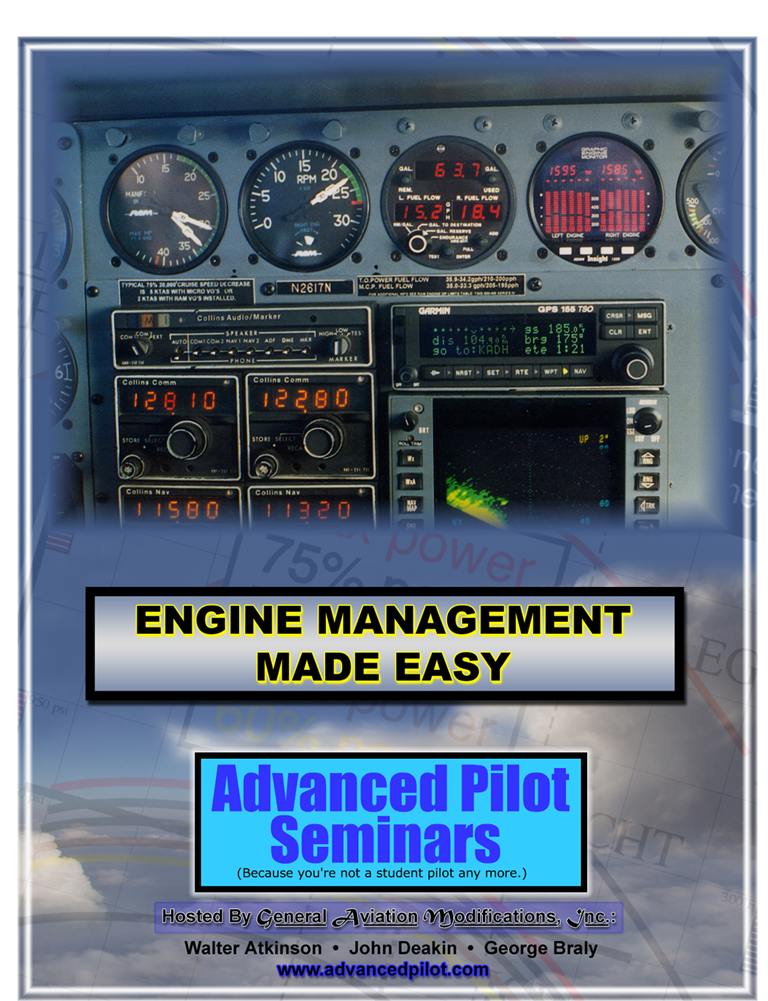DBRV10
Active Member
Your understanding of applying Mike Bush's Red Fin (because he graphed it that way) is quite sound. By the way Mike did the APS class many years ago….THREE TIMES. Not because he was dumb, because he was pationate in learning and applying it to his new (then) business.
To answer your question properly, you need to do the course! That way the answer and all the factors around it will be understood. The quick answer I give you now will likely lead to hundreds of questions back and forth and this is not the place to be doing that.
That way the answer and all the factors around it will be understood. The quick answer I give you now will likely lead to hundreds of questions back and forth and this is not the place to be doing that.
Simply though it is all about keeping the internal cylinder pressure (ICP) and thetaPP in the right proportion and angle. This keeps things in the comfort zone of the design.
Can you play around inside the red box…..sure! Many folk have for decdes, but to get better life and less stress on the engine, it is best not too. You can achieve the same HP at varying stress levels and lower CHT by doing it right. You need to see the dyno runs in the class to appreciate what I am saying. But in simple terms I can run 85% power LOP and be cooler with less stress on the engine than running the exact same HP ROP, unless I run very ROP (not as per the POH).
I am not sure where you are but if getting to a class in Ada is too hard register for the online class. John Deakin will look after you! Give him my regards!
DB
PS: Have a look at this photo which is on the front cover of the course manual. Look closely at the two engines. Ask yourself which engine is working the hardest and which engine will run out of fuel the soonest. The pilots feet are flat on the floor and the skid ball is centred (no rudder trim to cheat being used), thus they are delivering the same HP!

To answer your question properly, you need to do the course!
Simply though it is all about keeping the internal cylinder pressure (ICP) and thetaPP in the right proportion and angle. This keeps things in the comfort zone of the design.
Can you play around inside the red box…..sure! Many folk have for decdes, but to get better life and less stress on the engine, it is best not too. You can achieve the same HP at varying stress levels and lower CHT by doing it right. You need to see the dyno runs in the class to appreciate what I am saying. But in simple terms I can run 85% power LOP and be cooler with less stress on the engine than running the exact same HP ROP, unless I run very ROP (not as per the POH).
I am not sure where you are but if getting to a class in Ada is too hard register for the online class. John Deakin will look after you! Give him my regards!
DB
PS: Have a look at this photo which is on the front cover of the course manual. Look closely at the two engines. Ask yourself which engine is working the hardest and which engine will run out of fuel the soonest. The pilots feet are flat on the floor and the skid ball is centred (no rudder trim to cheat being used), thus they are delivering the same HP!

